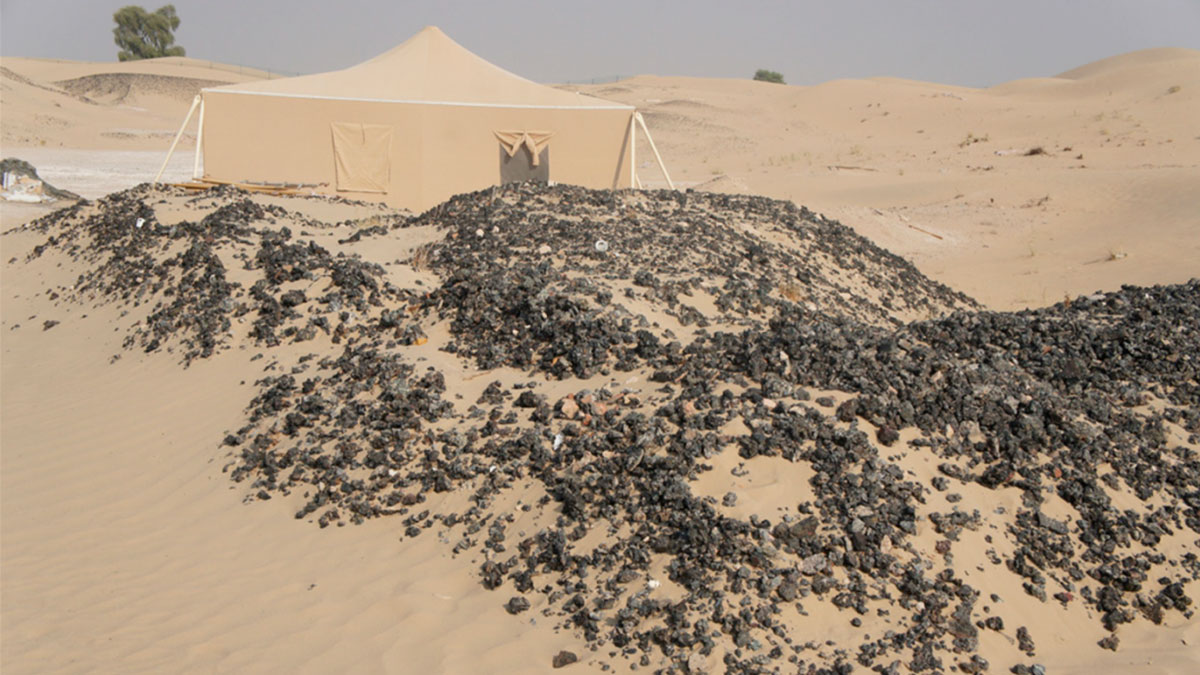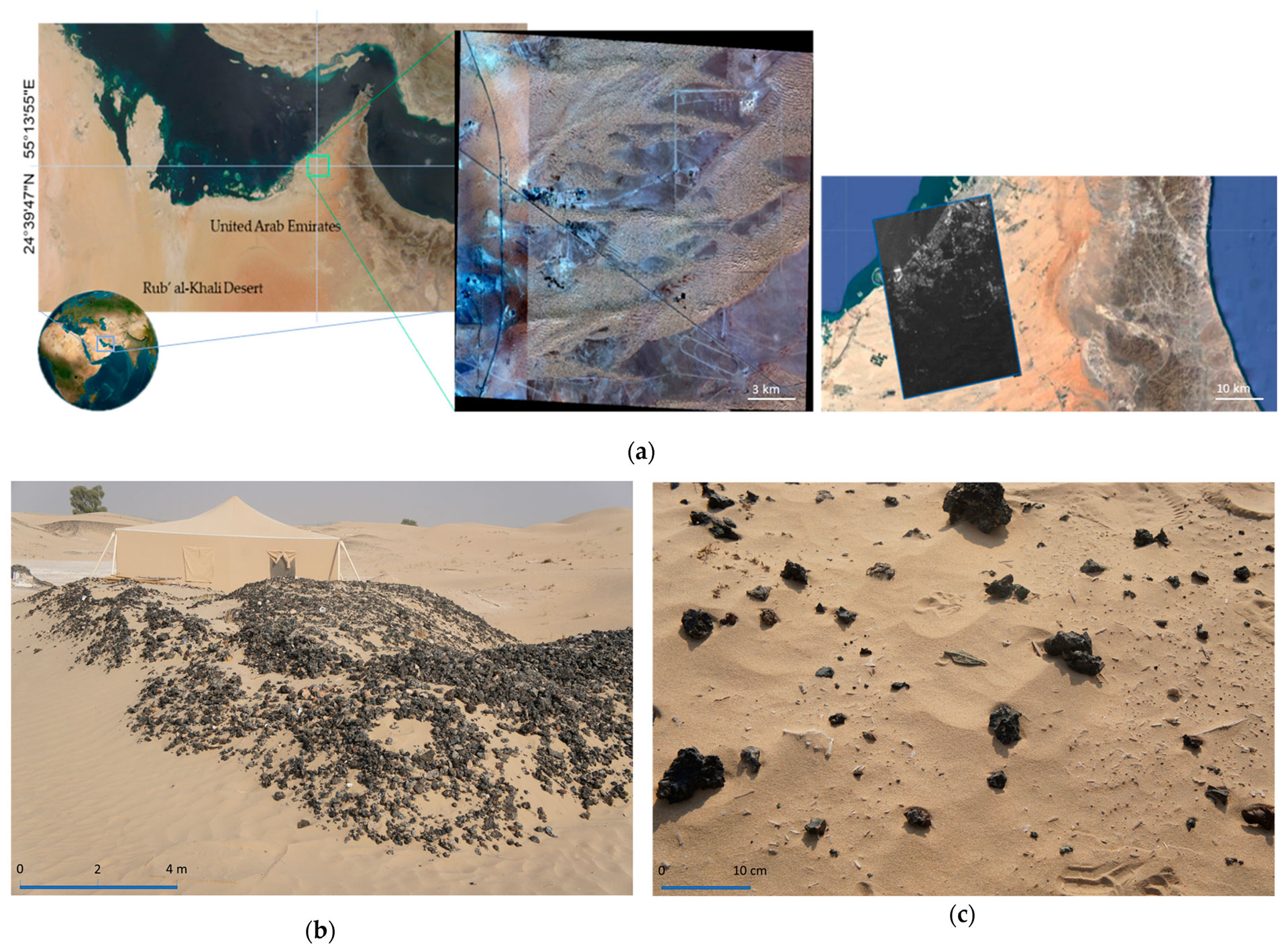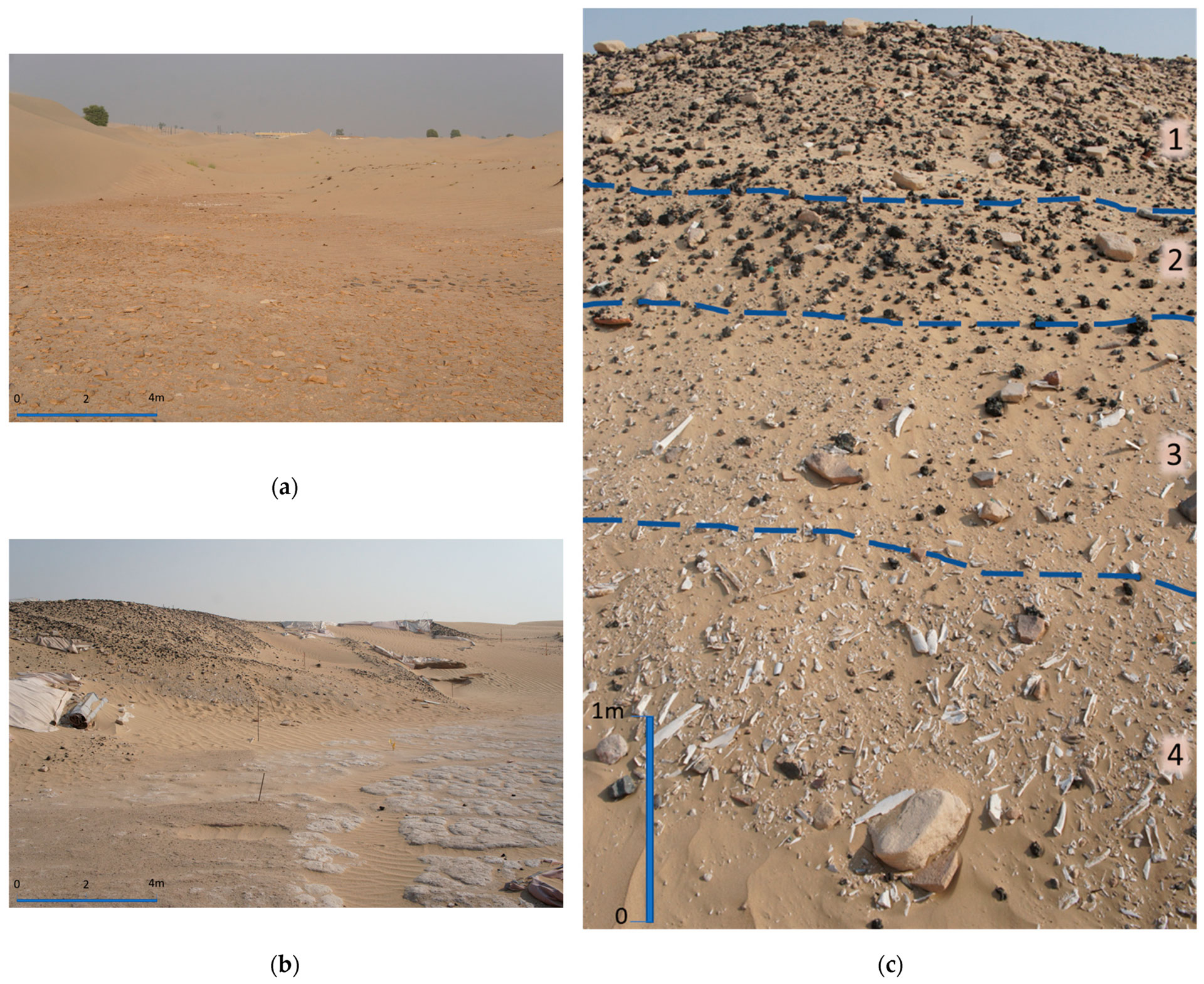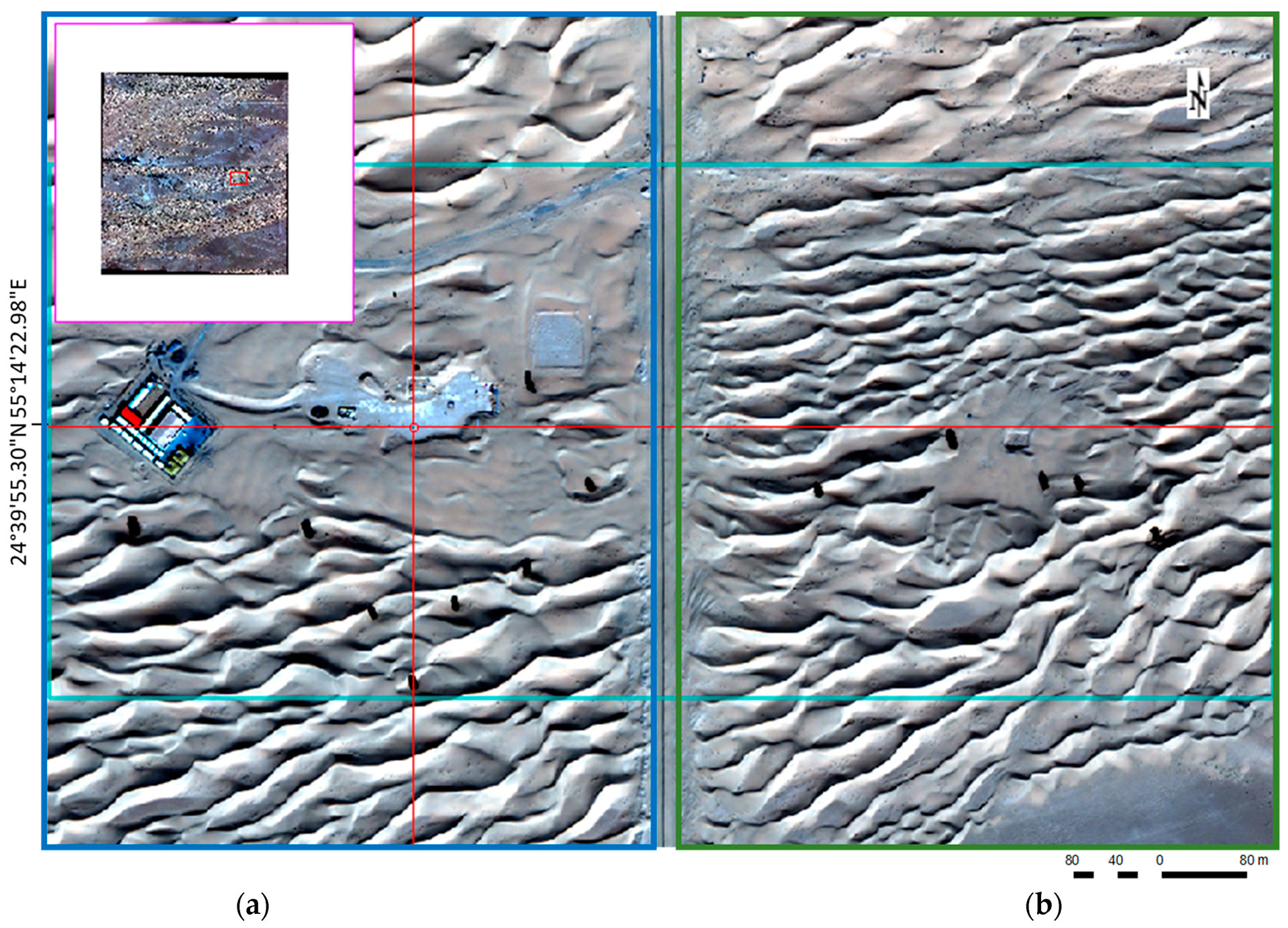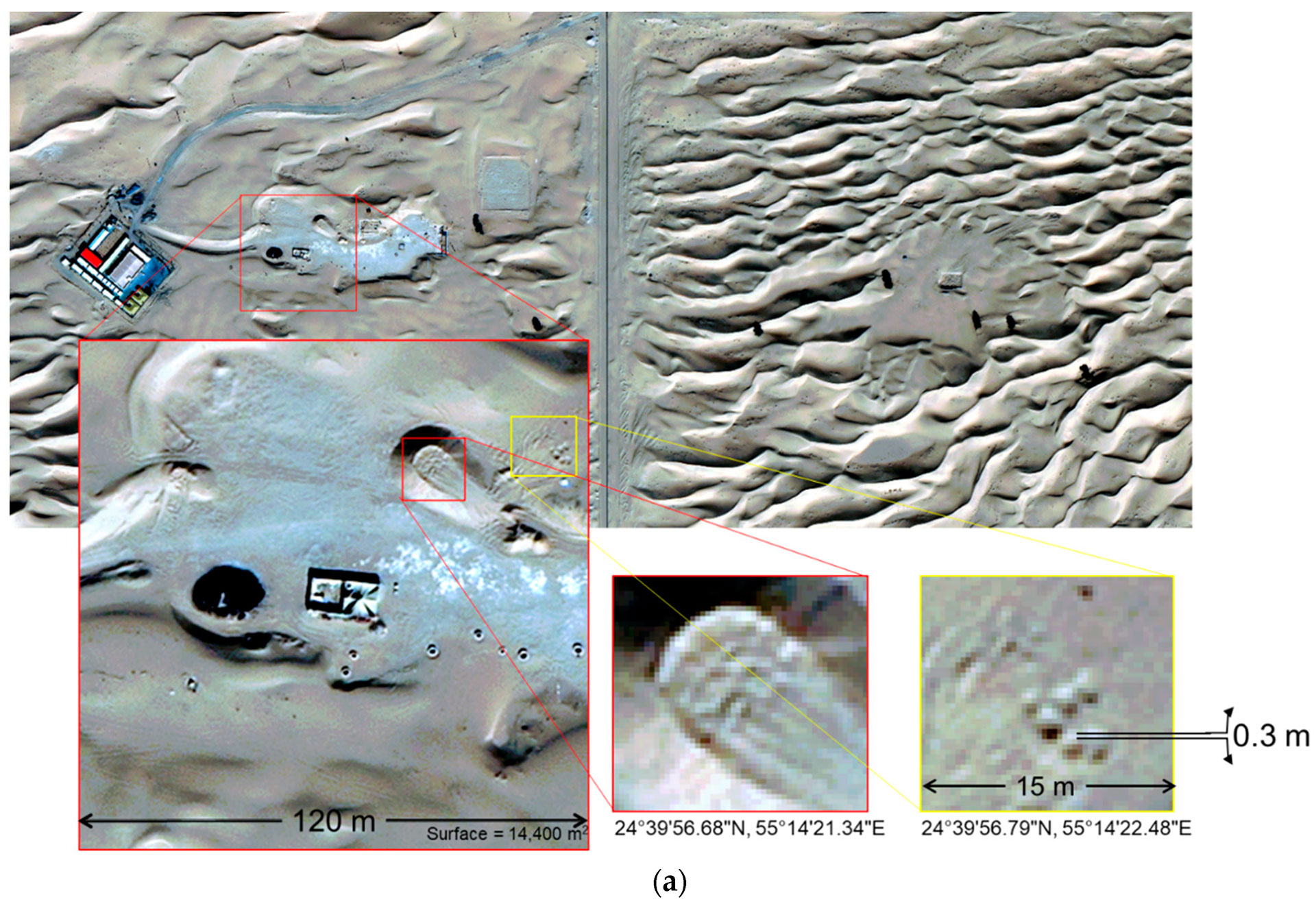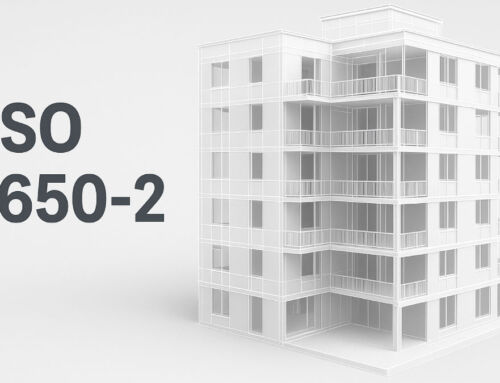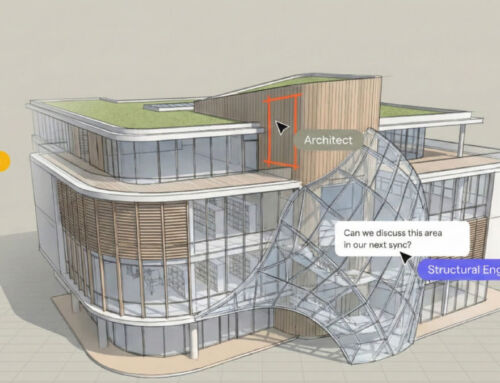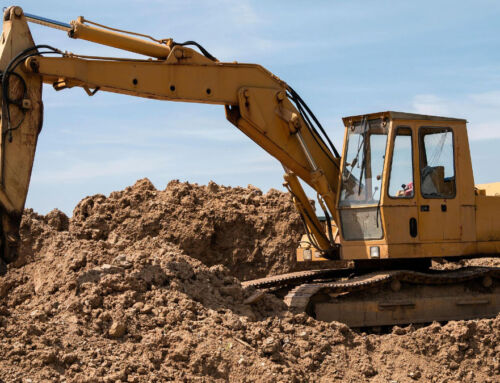Using artificial intelligence (AI), a team of researchers from the Department of Earth Sciences at Khalifa University, the Department of Geography and Planning at Sorbonne University, and the Mohamed bin Zayed University of Artificial Intelligence, all in Abu Dhabi, United Arab Emirates, has unravelled the remains of a 5,000-year-old civilization. The study, published in Geosciences, was conducted in an area near the Saruq Al-Hadid archaeological site, on the northeastern edge of the great Rub’ Al-Khali Desert, south of Dubai. This discovery, which could rewrite part of the ancient history of the Persian Gulf, would not have been possible without the use of advanced AI algorithms, capable of analysing vast expanses of land in record time.
On the one hand, the research team collected data from the archaeological site using the Synthetic Aperture Radar (SAR) system, a system that combines successive antenna sweeps, using algorithms, into a single, more precise virtual sweep. In fact, as the study states, this is “the only satellite-based technology able to detect buried artefacts from space.” On the other hand, the SAR data was complemented with very high-resolution “multispectral” images provided by Worldview-3, a commercial Earth observation satellite.
The next step was to train the AIwith a sophisticated system of neural networks—similar to those that analyse medical images—and clustering algorithms. These systems learned to differentiate between natural dunes and traces left millennia ago by human activity. The process managed to identify archaeological sites that had never been excavated. According to the study, the method used “reduces the effort and time spent on conventional archaeological reconnaissance and surveys.”
Thanks to the new technique, surface deposits were found at the site with abundant evidence of metallurgical production remains and other artifacts, as well as “a series of midden deposits characterised by a very high frequency of animal bone.” For now, little is known about these ancient inhabitants of five millennia ago, pending archaeological investigations of their remains. The Dubai Culture Authority, which oversees the site, has already announced plans to excavate the area following the publication of the study. In any case, as it states, “the validated results can provide guidance for future on-site archaeological work.”
Source and images: Geosciences.


